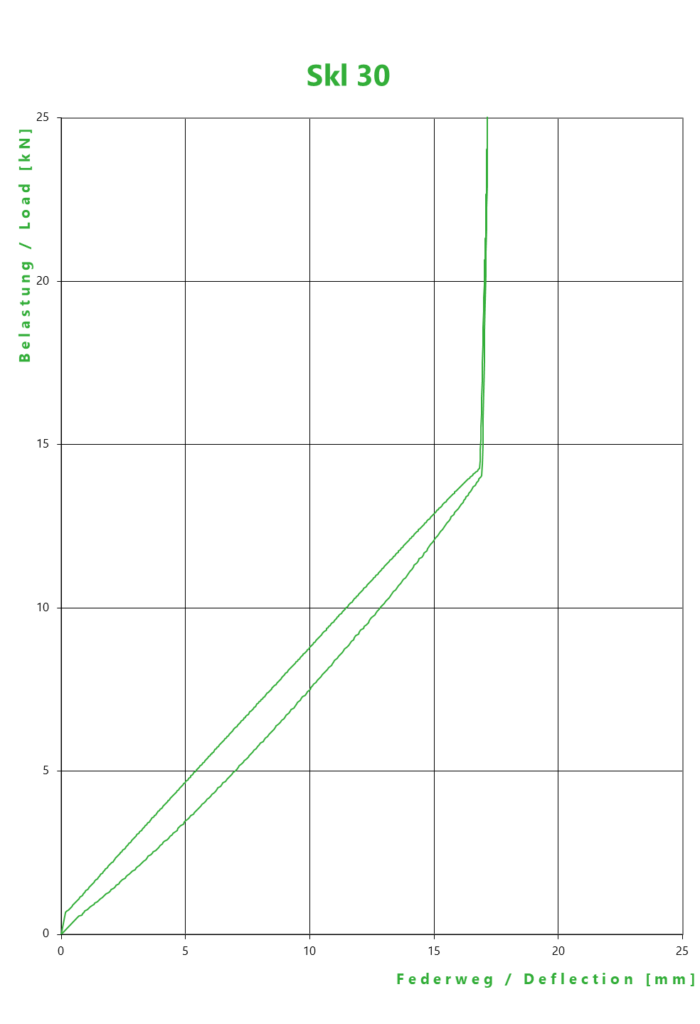Adopting the GS1 standard
For an optimized rail infrastructure management
GS1 is a neutral, not-for-profit international organization, created by companies and dedicated to the development of global standards for the identification, communication & sharing of information between companies.Founded in 1973, GS1 enables companies to uniquely identify their products, logistics units, locations, entities & equipment throughout their lifecycle.
A unique identifier to follow our product all along its lifecycle from production to asset management and end of life.
Focus on track availability
- Unique IDs: Each product is given a unique number, similar to an ID card number, guaranteeing precise, unambiguous identification that remains unchanged over time.
- Global interoperability: GS1’s global standards facilitate communication between partners (suppliers, customers, maintainers), ensuring that everyone speaks the same language and uses the same unique identifier for each asset.
- Improved safety & reliability: Standardized component identification & tracking ensures easy access to essential information, improving the safety and reliability of rail operations.
- Regulatory compliance: Helps companies in the rail sector to comply with regulatory requirements in terms of safety & quality management, thereby reinforcing compliance with national & international standards including the future European Digital Product Passport (DPP) regulation.
- Enhanced traceability: Ensures detailed tracking of components & rolling stock through-out their lifecycle, guaranteeing complete traceability & increased accountability.
- Efficient data exchange: Enables data sharing seamlessly between all the partners involved, whether internal to the company or multilateral.
Reference
In Australia since 2018: Today, more than 600 Vossloh Cogifer turnouts are identified with this type of tag containing the unique identifier & various other elements legibly inscribed and partially encoded in data matrix.


